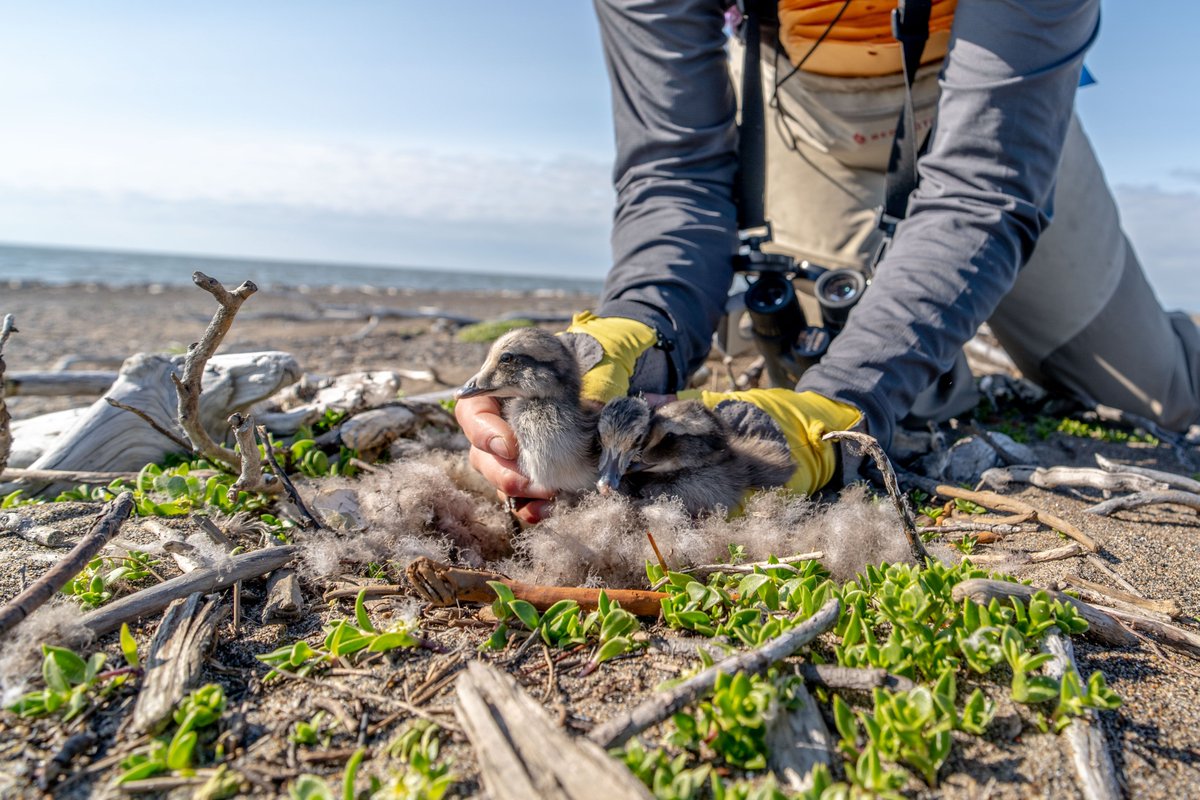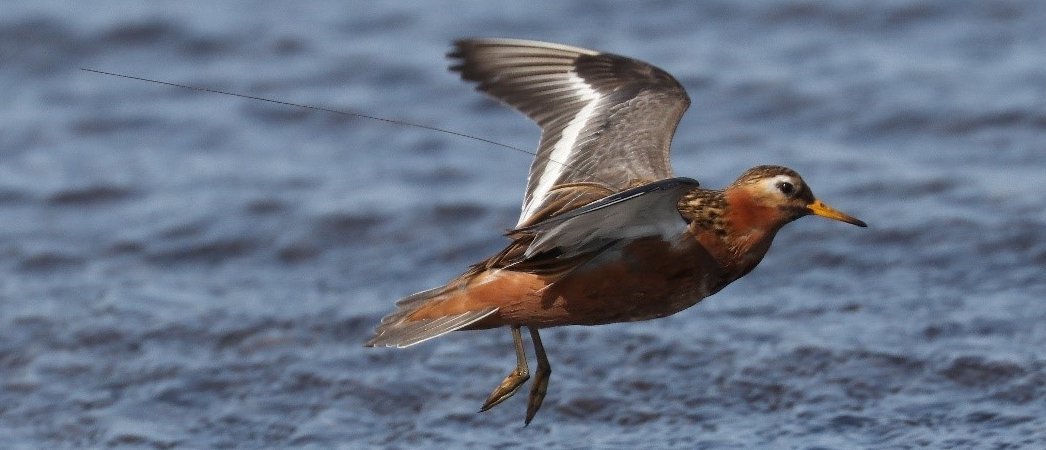
Arctic Beringia
@arcticwcs
Advancing strategies to protect key Arctic areas, developing best practices for industrial activities, and fostering local stewardship of wildlife and habitats
ID: 803760550656229376
http://www.wcs-arcticberingia.org 30-11-2016 00:40:23
1,1K Tweet
1,1K Takipçi
1,1K Takip Edilen

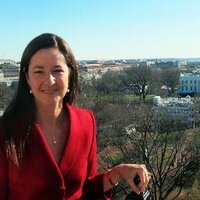

We commend President Donald J. Trump for taking steps to protect ANWR and more than 13M acres in the NPR in Alaska. Our scientific surveys since the 1950s have shown importance of protecting this vast and beautiful landscape for people and wildlife. on.doi.gov/45HLmmC #30x30 #ProtectTheArctic
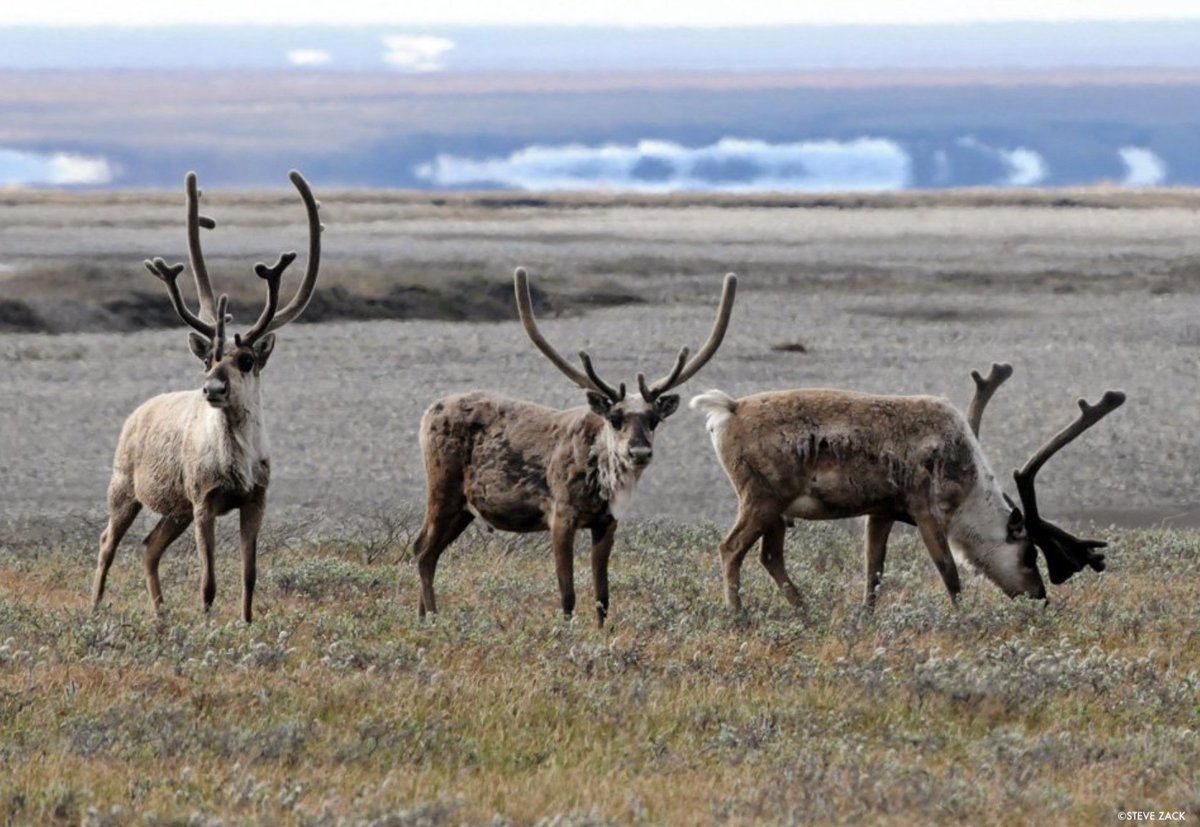

Continued leadership in this field by Arctic Beringia researcher Dr. Kevin Fraley. uaf.edu/news/study-for…



Nice shout-out to Arctic Beringia lead fishery researcher, Dr. Kevin Fraley: simmsfishing.com/blogs/the-plug…

Interested in connections between freshwater fish across Beringia - read the new Arctic Beringia-led review with partners across the region and supported by Alaska NPS and Trust for Mutual Understanding. WCS @FishOn_FishOff. rdcu.be/dxmG1
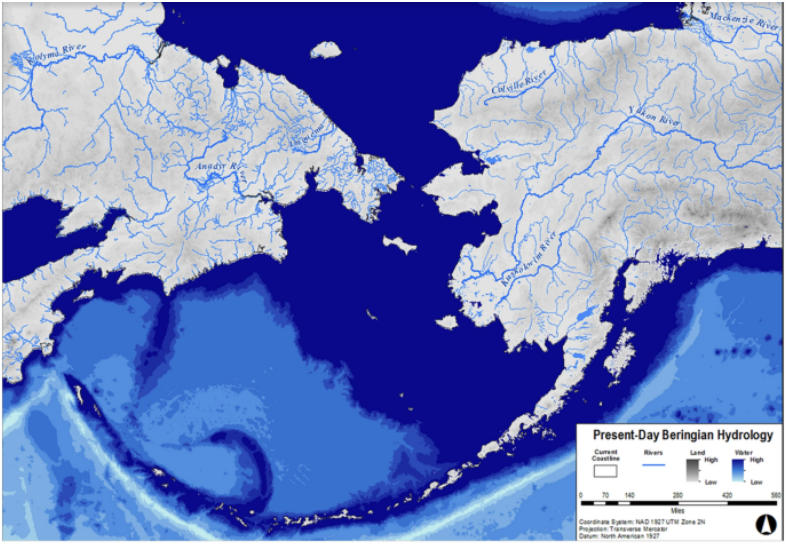





New paper on the migratory movements of Sabine's gulls breeding in Arctic Alaska. Emphasizes need for marine protections in key staging & wintering areas such as Juan de Fuca Eddy and off Peru. @thewcs PacificSeabirdGroup Audubon Society. bioone.org/journals/water…
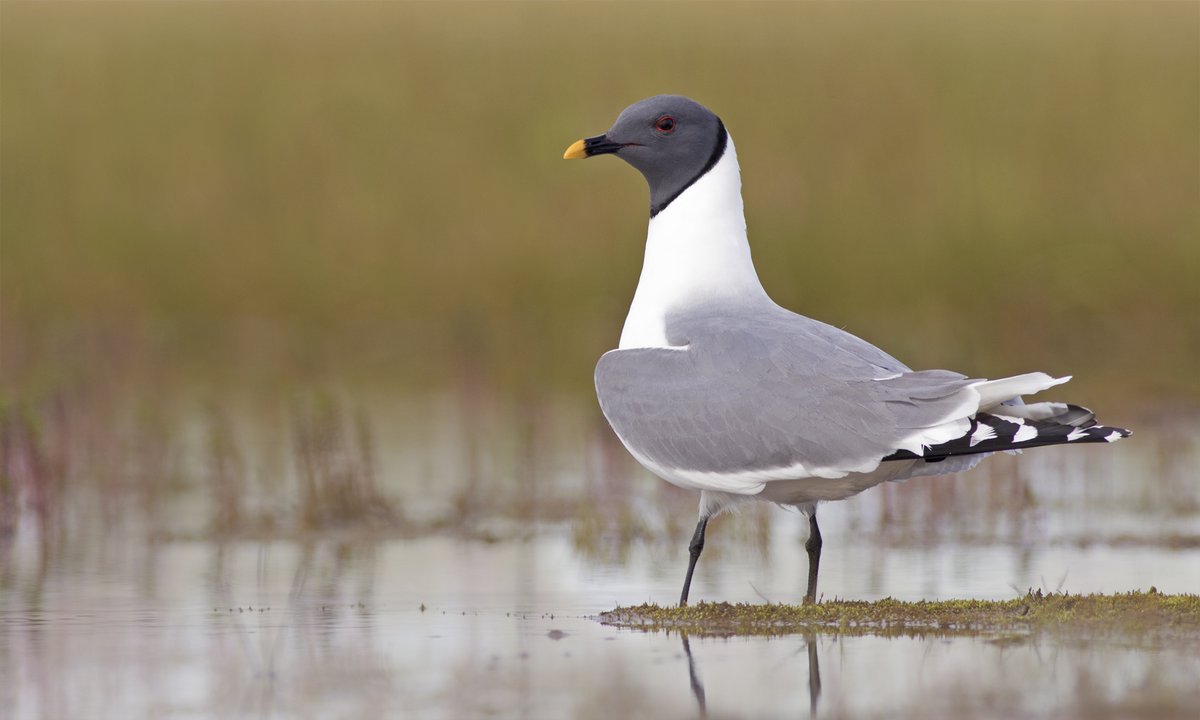


In the #Alaskan Arctic, Where Are All the #Wolverines? | By David Frey for The Wildlife Society “This whole #ecosystem has the potential to unravel if we encroach too much on the refugia that currently support #wildlife."—Martin Robards wildlife.org/jwm-in-the-ala… Arctic Beringia #arctic

Dr. Michelle Johannsen and Maya Homsy King (Arctic Beringia) are working closely with local partners to understand what a OneHealth surveillance network looks like from the ground up. Photo: Michelle and Dale Brower in Utqiaġvik



About 10 years ago, Arctic Beringia convened a group of Alaskan avian research experts from agencies and academia to identify the most vulnerable bird species to #climatechange on the Arctic coast. Common eiders were No. 1 and we have focused our work there on them. Now, this photo
